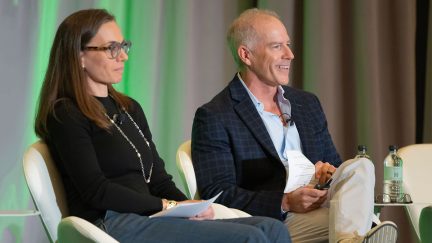Never miss a story — sign up for PLANADVISER newsletters to keep up on the latest retirement plan adviser news.
Empower Launches Research Unit
“The Empower Institute will explore many aspects of the retirement savings puzzle and work to blaze the trail on potential solutions to some of the most vexing challenges on this front facing the American worker today,” says Edmund F. Murphy III, president of Empower Retirement.
Drawing on resources within Empower Retirement—formerly the retirement plan services businesses of Great-West Financial—and the academic and policymaking communities, the research arm will examine investment theories, retirement strategies and assumptions, and suggest changes that can achieve better outcomes for companies, institutions, retirement plan sponsors, investment advisers and individual investors. The Institute will publish research, and hold seminars and other educational events.
W. Van Harlow, who previously led the now-shuttered Putnam Institute, will be the Institute’s research director. Murphy says the Empower Institute broadens the charter of the former research group.
The Institute will work with an advisory board whose members have expertise in a range of relevant fields that support its mission. “We are gathering a host of great academic and industry minds who are passionate about many of the issues and dynamics surrounding the major personal finance and retirement savings challenges facing Americans today,” Harlow says. “I am excited about the importance and potential impact of the work we will be doing together.”
More information the Empower Institute, including its research, is on its website.
You Might Also Like:

Vestwell Acquires Accrue 401k, Adding 30,000 Plans

Rethinking Opportunities for RIA Growth
